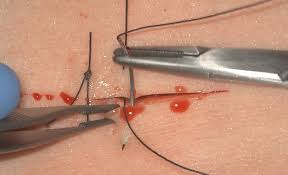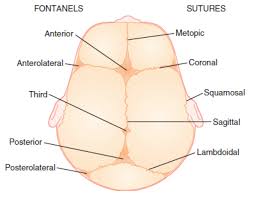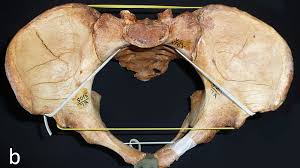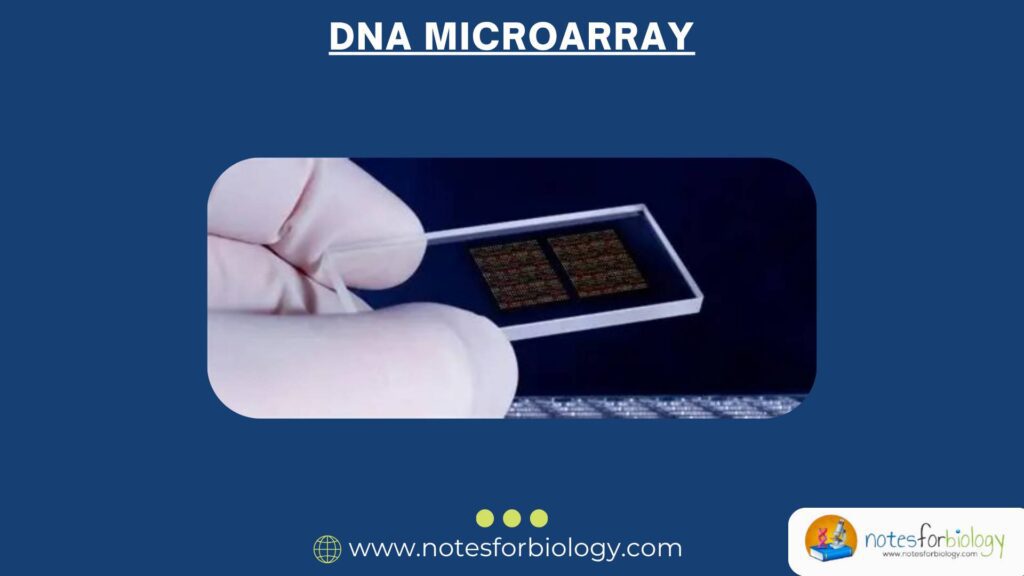In the developing skull of an infant, sutures and fontanelles play a vital role in ensuring both flexibility and protection.The human skull, particularly during infancy and early childhood, is a remarkable combination of strength and flexibility. Two key features that make this possible are sutures and fontanelles. These structures are essential in allowing the skull to expand and accommodate brain growth, especially in the first few years of life.
Table of Contents
What Are Sutures?

Suture are fibrous joints that connect the individual bones of the skull. In newborns, the skull consists of several separate bones rather than a single solid structure, and these bones are linked together by suture. Unlike the rigid skull of an adult, infant suture are flexible, which is important for both birth and growth.
During childbirth, the flexibility of these sutures allows the bones of the skull to overlap slightly, making it easier for the baby to pass through the birth canal. These suture act like seams or stitches, holding the skull bones together while allowing for movement and expansion.
As a child grows, the skull bones gradually fuse at the sutures, a process that takes years to complete. This gradual hardening allows the brain to grow while the skull adjusts to accommodate it.
Major sutures in the skull
The major suture in the skull include
Coronal suture: This runs across the top of the head, from ear to ear, separating the frontal bone from the two parietal bones.
Sagittal suture: This runs from the front to the back of the skull, dividing the two parietal bones.
Lambdoid suture: Located at the back of the head, separating the parietal bones from the occipital bone.
Squamosal suture: Found on the sides of the skull, separating the parietal bones from the temporal bones.
Sutures are essential for skull growth. If they fuse too early, a condition called craniosynostosis, it can lead to deformities and developmental issues, often requiring medical treatment.
What Are Fontanelles?

Fontanelles, also known as “soft spots,” are areas on an infant’s skull where the bones haven’t fully fused. These soft spots are covered by a tough membrane but remain flexible and soft to the touch. Fontanelles allow the skull to expand as the brain rapidly grows in the first few years of life and also aid in the baby’s passage through the birth canal.

There are two main fontanelles:
Anterior fontanelle
The larger, diamond-shaped soft spot on the top of the head. It typically closes by 18 months of age.
Posterior fontanelle
A smaller, triangular soft spot located at the back of the head, which usually closes by two months of age.
Fontanelles can also provide important clues about a baby’s health. A sunken fontanelle can signal dehydration, while a bulging fontanelle may indicate increased pressure inside the skull. Pediatricians regularly check fontanelles to ensure proper development and health.
Why Are Sutures and Fontanelles Important?
Sutures and fontanelles allow the skull to adapt and grow in response to the rapid brain growth that occurs during early childhood. By the age of one, a baby’s brain nearly doubles in size, and by age three, it reaches about 80% of its adult size. These flexible structures are crucial for accommodating this fast expansion.
During childbirth, sutures and fontanelles also play a role in allowing the baby’s head to reshape as it passes through the birth canal. After birth, they continue to protect the brain by providing some flexibility and cushioning while the skull hardens gradually.
As the child grows older, the sutures slowly close, and the fontanelles harden, resulting in a fully fused skull that offers maximum protection for the brain.
Conclusion
Sutures and fontanelles are key elements of the developing skull, providing flexibility during childbirth and space for the brain to grow in early life. These structures not only allow for healthy brain development but also ensure that the skull can adapt to protect this vital organ as a child grows. Understanding sutures and fontanelles highlights the remarkable adaptability of the human body in its early stages of life.
Frequently Asked Questions (FAQ)
Related Articles




